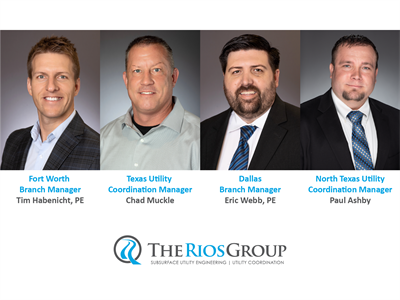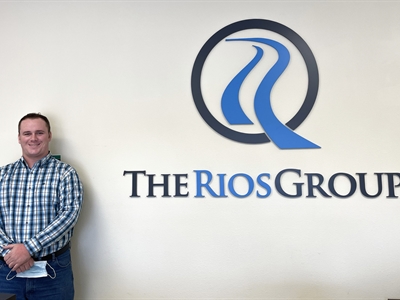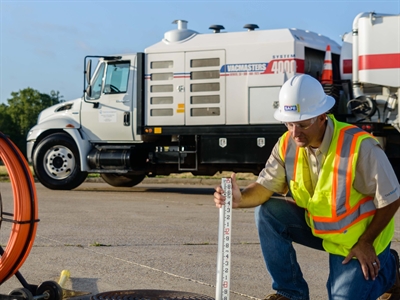Airports are complex multi-modal transportation facilities that are typically served by a network of underground utilities, some of which might be operated by the airport itself. Unreliable record information for these underground utilities is common, and airport providers, their consulting engineers, and contractors are faced with this risk during airport development projects. The likelihood of a utility damage on an airport improvement project is high for a number of reasons. The first is that airports contain a highly complex civil infrastructure system in a relatively small space, creating a relatively large number of potential utility conflicts. The second is that standards and procedures for management of underground utilities on airport properties varies widely, creating a lot of unknowns and uncertainty.
The FAA has identified this problem and recommends the use of SUE to mitigate this risk, stating in an Advisory Circular that SUE should be performed to reduce conflicts with utilities, reduce delays in construction schedules, and reduce added construction costs due to unexpected utility adjustments.
FAA Advisory Circular
In 2009 the Federal Aviation Administration (FAA) issued an Advisory Circular (AC) titled General Guidance and Specifications for Submission of Aeronautical Surveys to NGS: Field Data Collection and Geographic Information System (GIS) Standards. This AC provides the specifications for collection and submittal of field data in support of airport projects, and it includes a detailed specification for the use of Subsurface Utility Engineering (SUE).
The AC refers to the ASCE 38-02 Standard Guidelines for the Collection and Depiction of Existing Subsurface Utility Data, and specifies the four SUE quality levels. The Circular even details the use of utility designating (QL B) and utility test holes (QL A) and recommends their use in specific situations. The FAA highly recommends using the guidelines and standards in this AC, and in fact, the use of these guidelines is mandatory for the collection of geospatial airport and aeronautical data funded under the Federal grant assistance programs.
Applying SUE on Airport Projects
Airport projects can range from major terminal expansions, to runway extensions, to simple drainage or utility installation projects. The size and scope of the individual project really defines the need for SUE and the level of service required. The Rios Group is currently working at multiple airports around the state of Texas, and these experiences provide excellent examples of the application of SUE on airport projects.
At Austin-Bergstrom International Airport TRG is currently providing SUE services in support of design for the TRACON Building site drainage improvements. Services have included QL A test holes on various crossing utilities, and CCTV services of existing storm sewer using a remote crawler camera system.
At Dallas-Fort Worth International Airport TRG is part of an existing on-call engineering contract, and has provided SUE services on numerous work authorizations over the last year. Projects have included a new cell phone lot, end-around taxiways, runway extensions, and a de-icing drain line.
Keep an eye on this blog for updates. This is the third in an 8-part series on SUE, in which we will touch on the importance of SUE in several different markets, including rail, water & wastewater, campuses and facilities design, and more. In the meantime, let us know if you and your team are interested in a more in-depth “Lunch & Learn” on SUE. You may contact us at pburnett@rios-group.com / 817-345-7500 or tisaacson@rios-group.com/ 512-580-5440.



